17 Tech Advancements That Are Making DIY Car Repairs Harder And More Expensive

Back in high school, my neighbor could fix just about anything with a socket wrench and a little grease.
His driveway was always full of half-alive cars he brought back like Frankenstein’s monster.
Fast forward to now, and he popped the hood of a modern hybrid, stared for a minute, then just laughed and closed it.
Touchscreens, encrypted ECUs, and sensor-laden everything have turned weekend fixes into dealership visits. The machines didn’t just get smarter—they got better at locking us out.
1. Electronic parking brakes
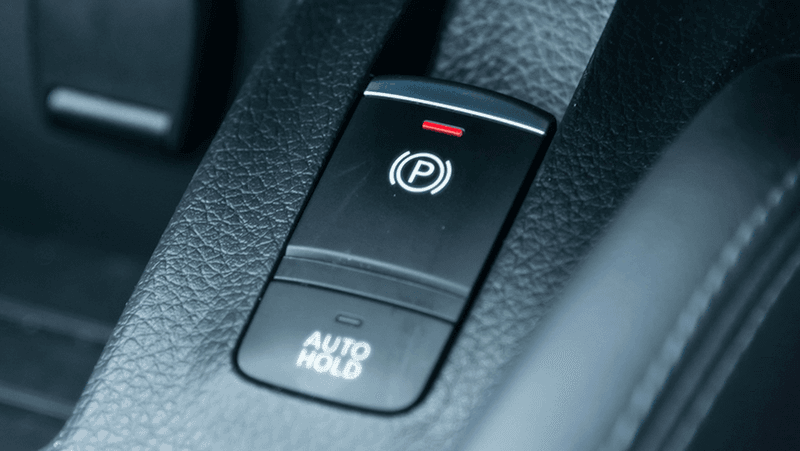
Gone are the days of the trusty handbrake lever. Enter the electronic parking brake—a button that liberates space but complicates repairs. It’s a digital marvel that requires a scan tool to diagnose and fix.
Replacing brake pads used to be a weekend project, now it involves understanding electronic control units.
There’s a certain irony in a brake system that’s harder to stop malfunctioning than the car itself. Electronic parking brakes: easy on the eyes, tough on the DIY spirit.
2. Advanced driver-assistance systems (ADAS)
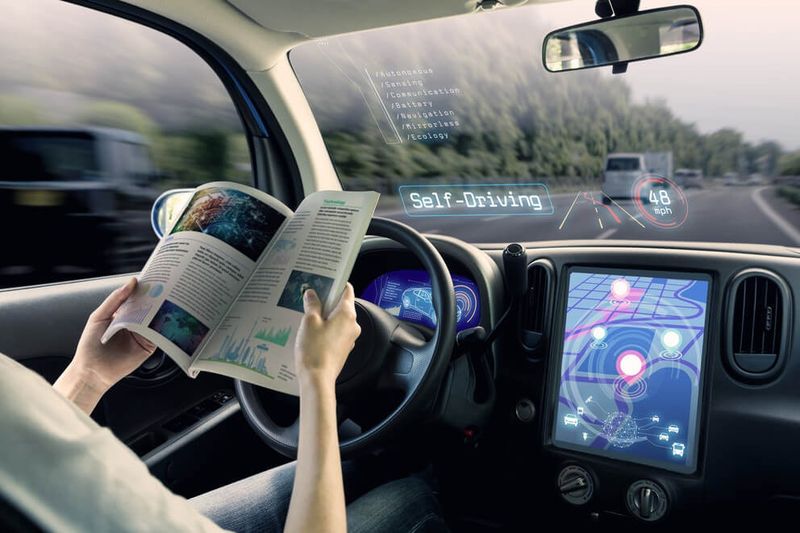
Imagine your car as a co-pilot with ADAS, an array of sensors and cameras that make driving safer but repairs trickier.
These systems—like adaptive cruise control and lane-keeping assist—require precision tools and a tech-savvy mind to align and fix.
Fun fact: ADAS can reduce crashes by up to 40%! However, one misaligned sensor, and your car might think you’re off-roading.
DIY repairs? Not with these gizmos! Unless you have a personal mechanic named Jarvis, leave ADAS to the pros.
3. Integrated infotainment systems
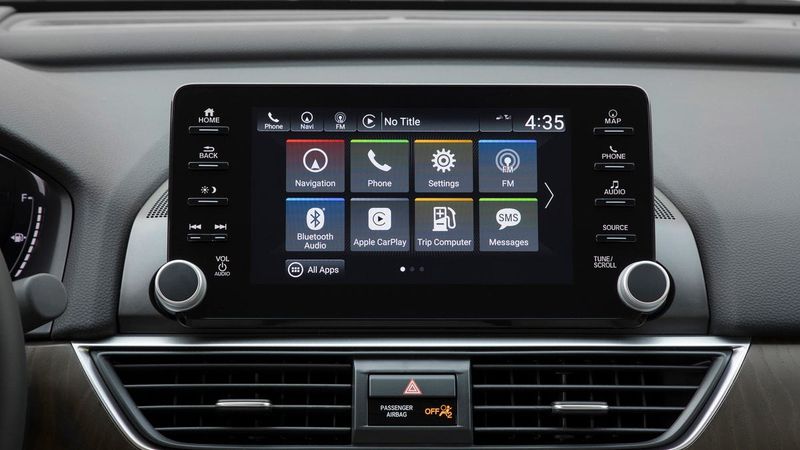
Remember when a car radio was just for tunes? Now, infotainment systems are the car’s brain, controlling everything from navigation to climate. The downside? A software update can leave you in a digital desert.
With such complexity, a DIY fix is like solving a Rubik’s Cube blindfolded.
Did you know? These systems can hold more code than a commercial airplane! So, unless you’re part-time coder, befriend your dealership technician.
4. Engine control units (ECUs)
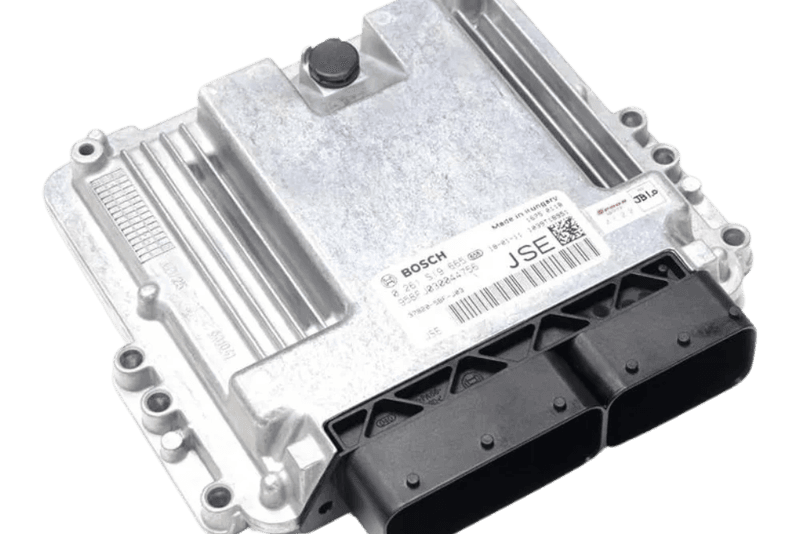
The brain behind your car’s brawn, the ECU controls engine functions for optimal performance. However, they’re finicky and failure-prone, requiring specialized diagnostic tools to decode.
A simple tune-up now feels like hacking into the Matrix. With ECUs, precision is everything.
Here’s a kicker: they can contain up to 100 million lines of code. So, if you’re not a programmer, consider leaving them untouched.
5. Wireless firmware updates
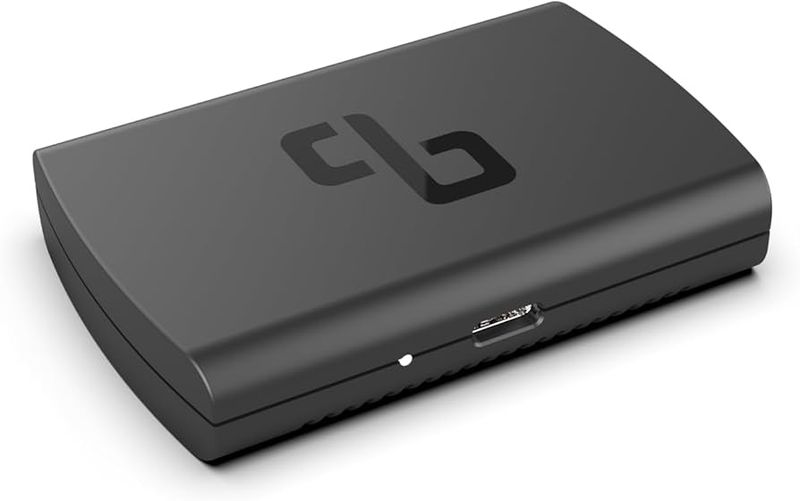
Like your smartphone, cars now receive wireless firmware updates, allowing manufacturers to fix bugs remotely. It sounds convenient, but a botched update can immobilize your ride.
DIYers are left in the dark, unable to “reset” the car without a manufacturer’s nod.
A failed update might mean you’re stranded in your driveway. Cars might be going wireless, but your toolkit is firmly grounded.
6. Encrypted diagnostics
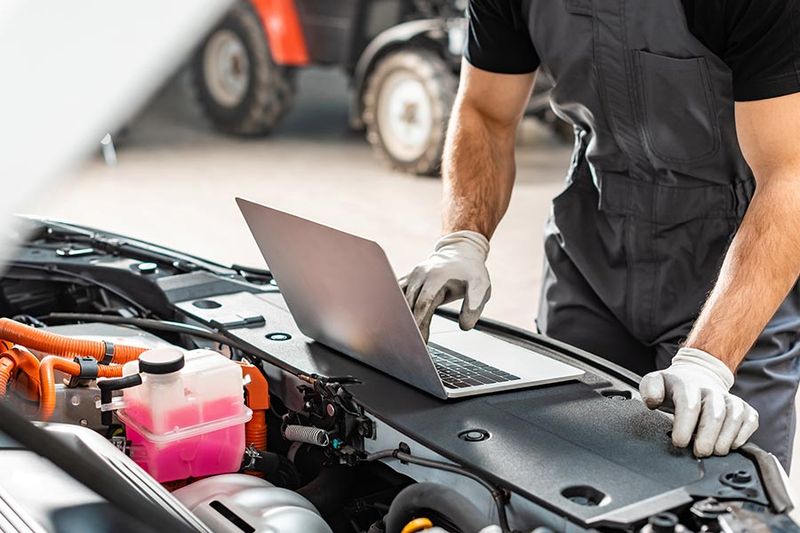
Want to diagnose your car’s ailment? Think again! Encrypted diagnostics lock down information tighter than a bank vault, forcing DIYers to rely on authorized dealers.
What once was a simple plug-in-now is a code-cracking escapade.
Some cars have over 100 data-generating sensors. Unless you’ve got clearance from James Bond, these diagnostics are out of reach.
7. Electric power steering systems
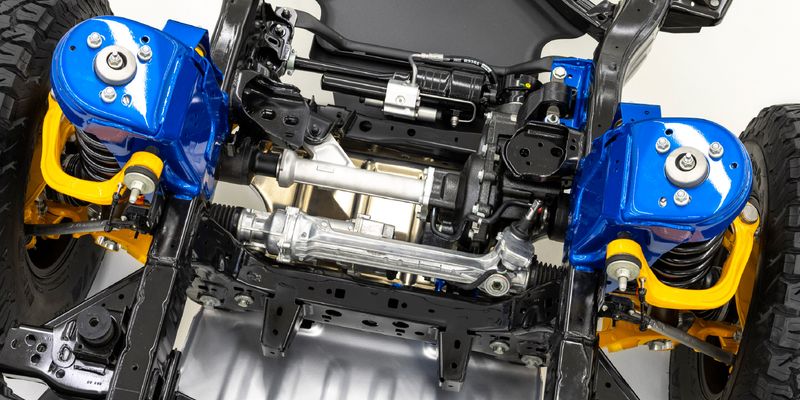
Steering has gone electric, offering precision and fuel efficiency. Yet, repair missteps can lead to dire driving dynamics.
The feel of manual steering is replaced by sensors and circuits, meaning a repair isn’t just mechanical—it’s electronic.
Here’s a twist: electric power steering systems can adapt to your driving style. But if you try to DIY without understanding electronics, it’ll steer you wrong.
8. Adaptive suspensions
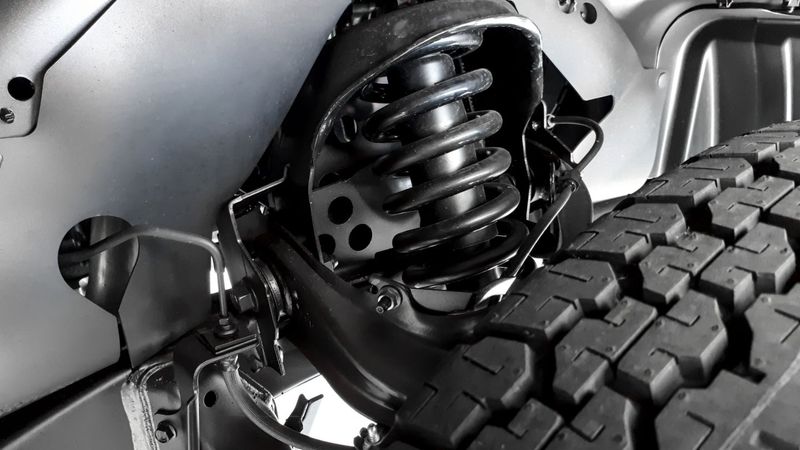
Ever wish your car could float over bumps? Adaptive suspensions adjust ride quality in real-time, but they’re a Pandora’s box for DIYers.
They rely on sensors that demand precise calibration, transforming shocks and struts into a tech puzzle.
These suspensions can transform a bumpy road into smooth sailing. But without the right tools, you’re in for a rough ride.
9. Turbocharged small-displacement engines
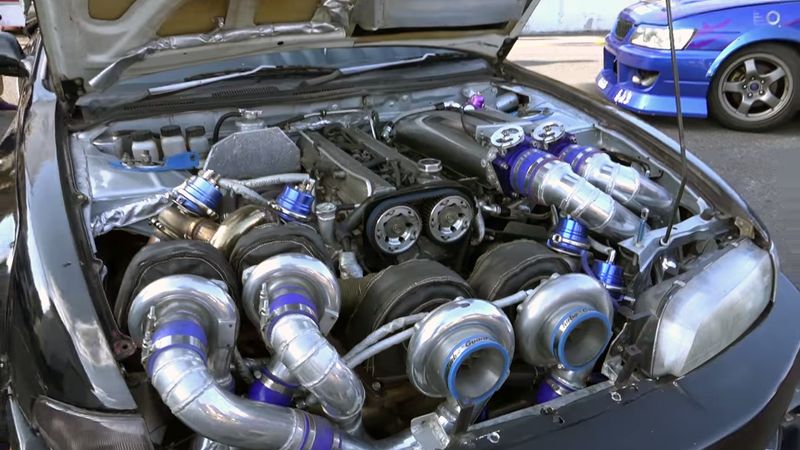
Small engines, big power! Turbocharging squeezes extra horsepower from pint-sized engines, but repairs? A turbo headache.
These engines pack power and complexity in compact spaces, meaning wrench access is tight and troubleshooting even tighter.
Turbochargers spin up to 150,000 rpm! So, unless you’re turbocharged with knowledge, it’s best left to the experts.
10. Complex emissions systems
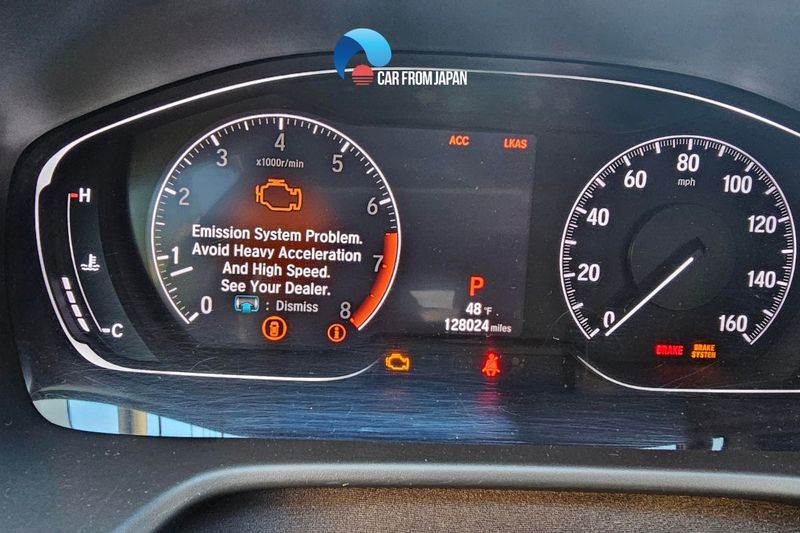
With strict emissions standards, cars are equipped with complex systems like EGR valves and DPF filters. Adjusting them is like playing Jenga with pollution controls.
These systems require a delicate touch and the right tools, turning what was simple maintenance into an emissions enigma.
Fun fact: Emissions systems can burn cleaner than a garden party BBQ. Just don’t let a malfunction smoke your DIY dreams.
11. Digital key systems
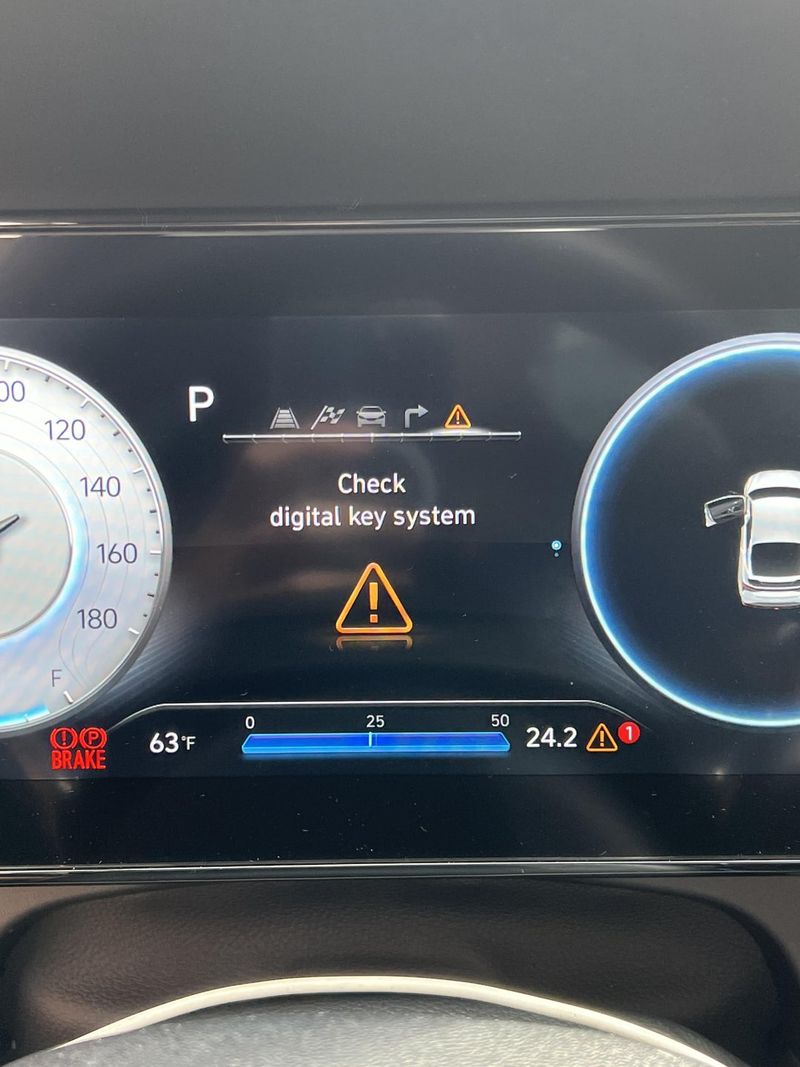
Forget jingling keys—digital key systems let smartphones be the key, unlocking doors with a swipe. But lose your phone, and you’re locked out of luck.
Replacing these systems isn’t just costly, it’s like decrypting a digital lockbox.
Digital keys can be shared via app, making car-sharing a breeze. Unless your app crashes, then it’s a whirlwind of woes.
12. Hybrid powertrains
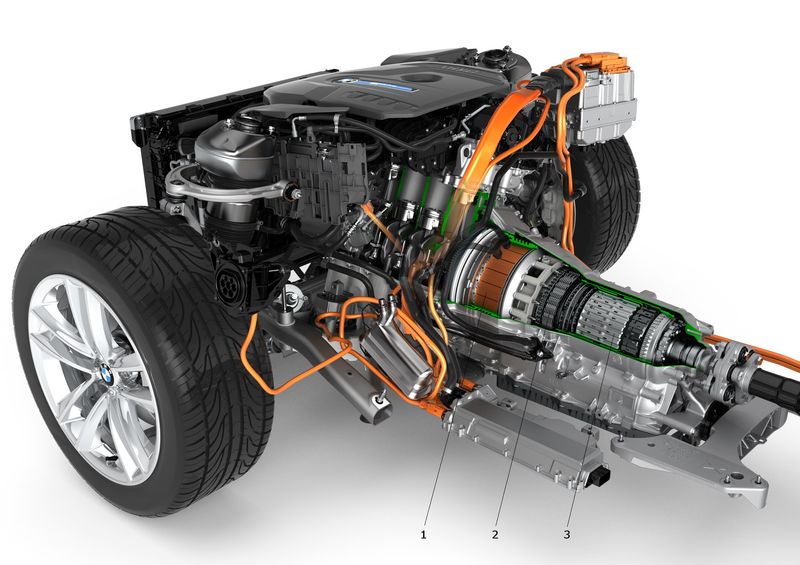
Hybrids offer fuel efficiency by blending gas and electric power. Fixing them, however, is like juggling two power sources—tricky and potentially shocking.
These systems demand knowledge of both traditional and electric mechanics, posing a challenge for the DIY crowd.
Hybrids can have over 300 volts running through them. Unless you’re an electrician with a wrench, handle with care!
13. High-voltage EV components

Electric vehicles are the future, but their high-voltage components can be a shock to amateur mechanics.
Tinker with these, and you risk more than a spark—possibly a zap into next week. Expertise and caution are a must.
Did you know? EVs can have up to 800 volts coursing through their veins. So unless you fancy yourself as Dr. Frankenstein, best leave these zaps to the pros.
14. Active grille shutters
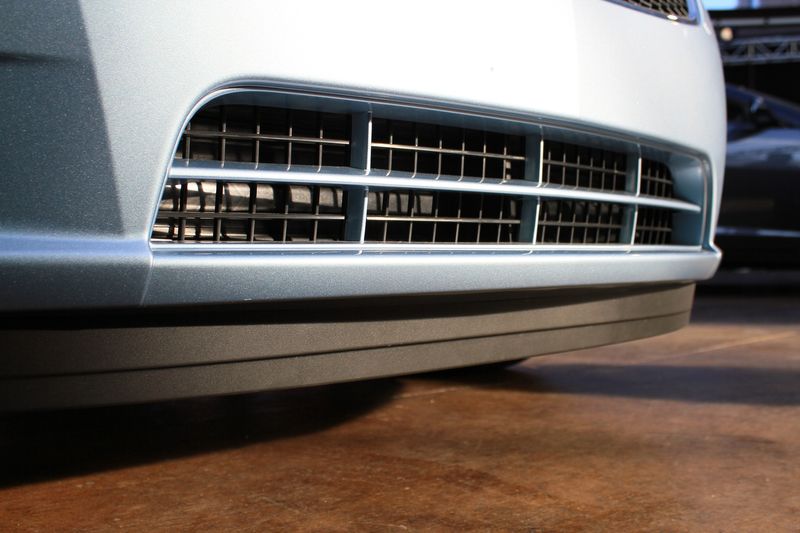
Aerodynamics meet aesthetics with active grille shutters, which optimize airflow for fuel efficiency. But a malfunction leaves you with a gaping grille and higher fuel bills.
These systems are delicate, requiring precision to repair—a tad more than duct tape can handle.
These shutters can improve fuel economy by up to 5%. But a DIY misstep might just shutter your fuel-saving dreams.
15. Drive-by-wire throttle systems
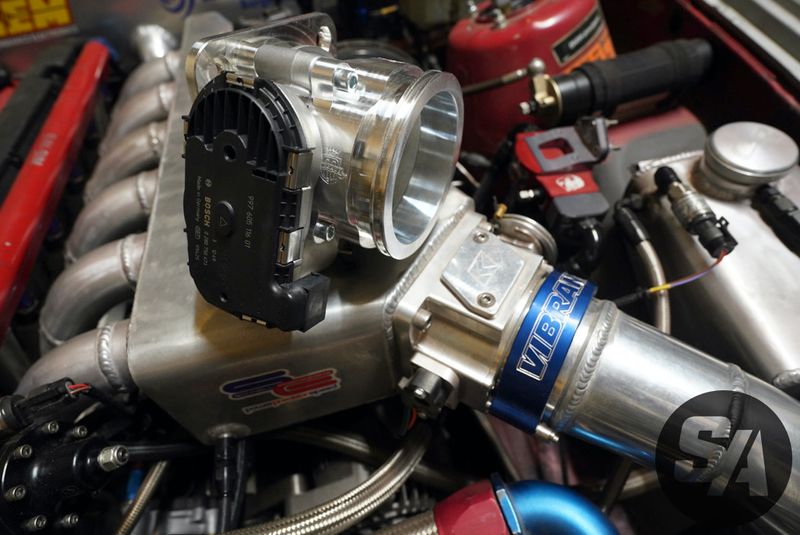
Gone are cables; in their place, sensors govern throttle response in drive-by-wire systems. The downside? More electronics, less DIY.
These systems demand expert know-how to troubleshoot, making a simple throttle adjustment an electronic expedition.
Did you know? Drive-by-wire can make cars lighter and more efficient. However, without the right tools, you might just stall your DIY ambitions.
16. Battery management systems (BMS)
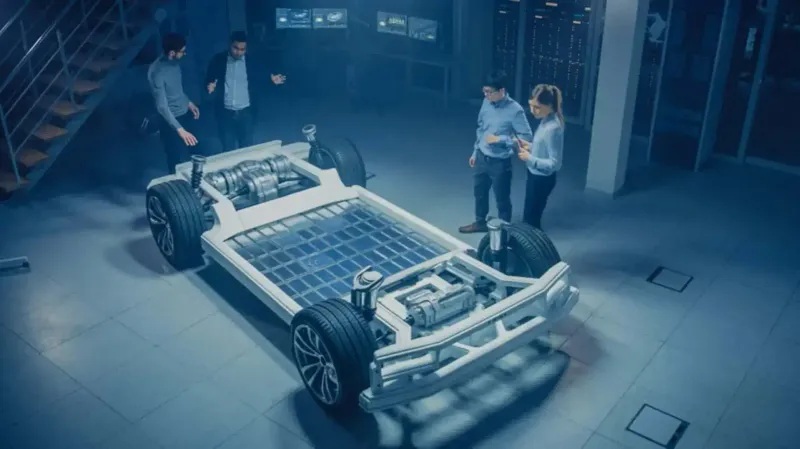
BMS is the guardian of your EV’s battery life, balancing charge and longevity. But it’s a fortress of complexity for DIYers.
These systems need precise calibrations that are beyond a simple voltmeter’s reach.
A well-managed battery can last over 150,000 miles. DIYers beware, one misstep, and you’re charged with a costly mistake.
17. Proprietary repair software
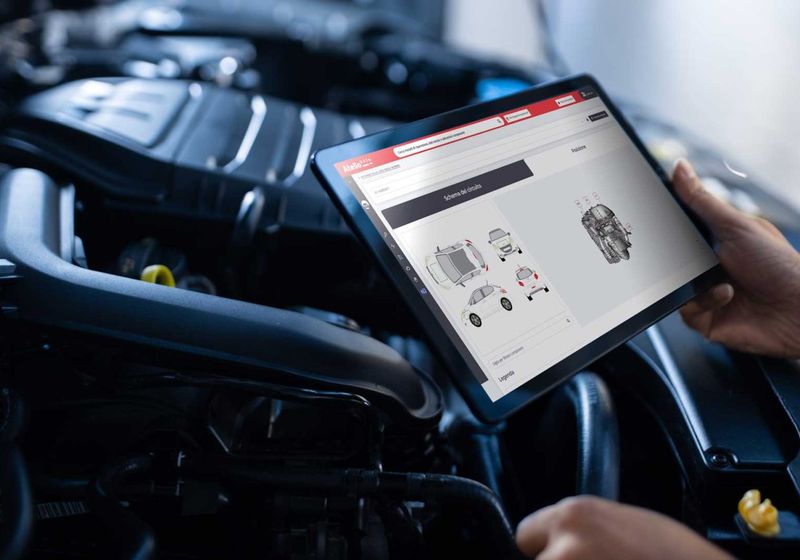
Car manufacturers’ proprietary software is a locked vault of repair data, leaving DIYers idle.
These systems necessitate costly subscriptions and specialized tools to decode, turning a simple error code into a cryptic message.
Fun fact: Some software can diagnose and fix problems remotely, but without access, you’re on mute. Manufacturers hold the keys, leaving DIYers out in the cold.
